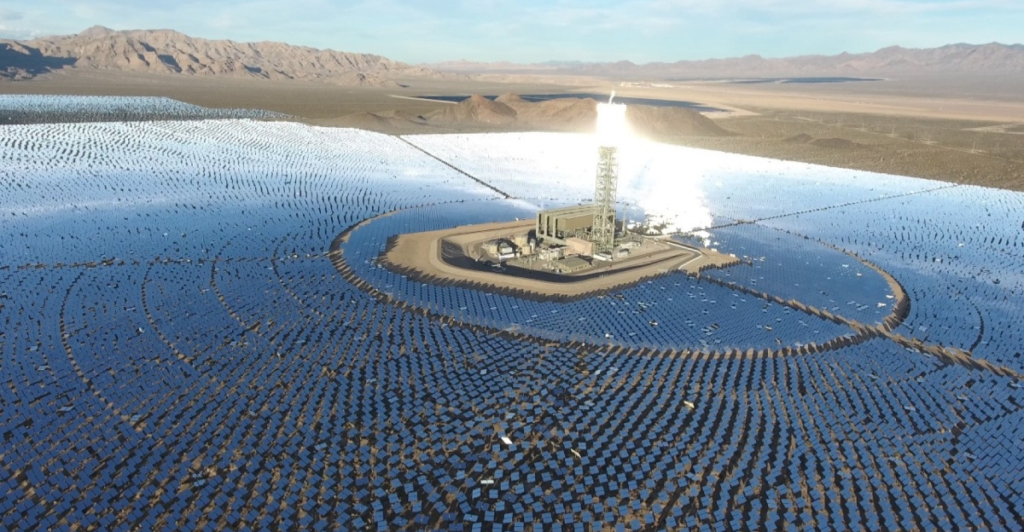
The Ivanpah Solar Electric Generating System, once celebrated as a milestone in renewable energy, is facing an early shutdown, potentially ceasing operations 13 years ahead of schedule. Advancements in photovoltaic technology and battery storage influence this decision, making Ivanpah’s solar-thermal methods less competitive. The plant’s closure is expected to save California residents millions in energy costs. This development highlights the rapid evolution of renewable energy technologies and the economic factors influencing energy infrastructure decisions.
The Rise of Ivanpah
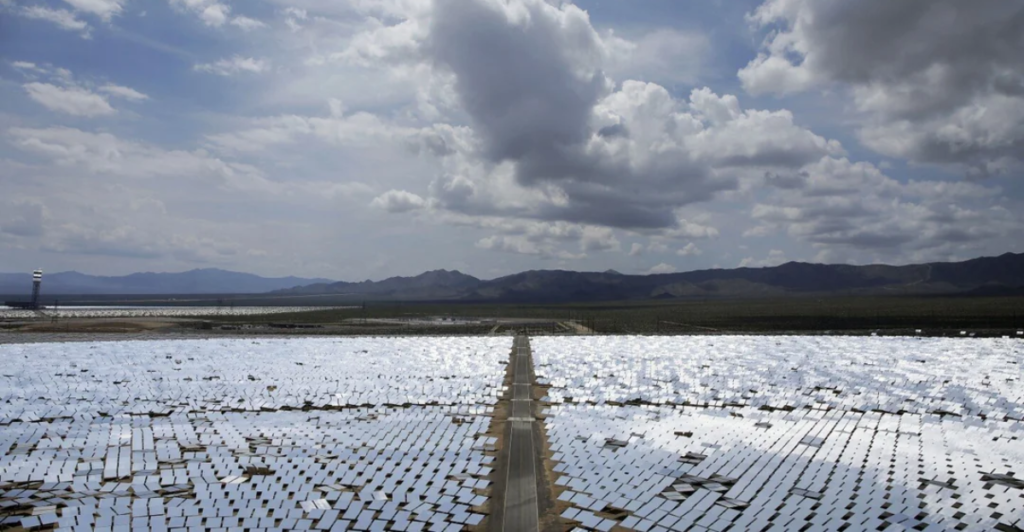
Inaugurated in 2014 in California’s Mojave Desert, the Ivanpah facility was once the world’s largest solar-thermal power plant. Utilizing over 170,000 heliostats, it concentrated sunlight onto central towers to generate steam and produce electricity. The project symbolized a significant investment in large-scale renewable energy infrastructure to supply power to approximately 140,000 homes.
Technological Advancements Overtake Solar-Thermal
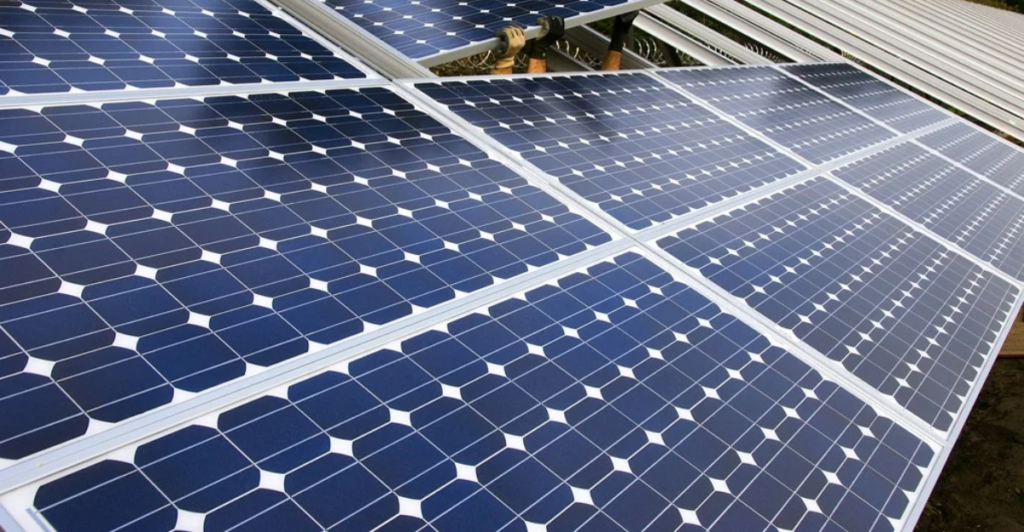
Since Ivanpah’s inception, photovoltaic (PV) solar panels have experienced significant advancements, becoming more efficient and cost-effective. These improvements have led to a decline in the competitiveness of solar-thermal technology, as PV systems offer a more straightforward and economical approach to solar energy generation. The rapid evolution of PV technology has been a key factor in the decision to decommission Ivanpah ahead of its original schedule.
Economic Implications for Residents

The early closure of Ivanpah is projected to result in substantial cost savings for California residents. Pacific Gas and Electric Company (PG&E) has determined that terminating power purchase agreements with Ivanpah will save customers money compared to maintaining the contracts through 2039. These savings are attributed to the decreasing costs of alternative renewable energy sources, which have become more economically viable than the existing solar-thermal infrastructure.
Environmental Considerations
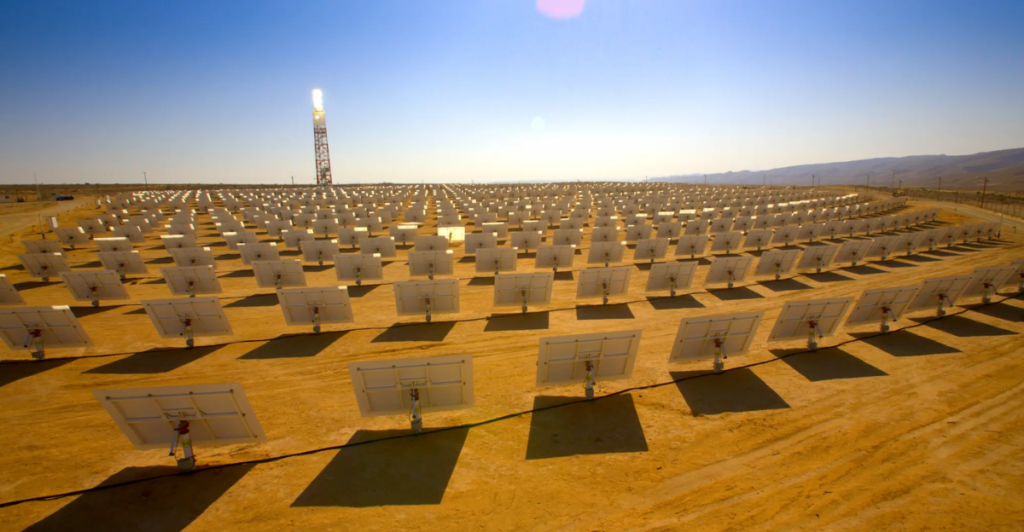
Beyond economic factors, environmental concerns have also influenced the decision to shut down Ivanpah. The facility has faced criticism for its impact on local wildlife, including reports of bird and tortoise fatalities due to the intense heat generated by the heliostats. These environmental challenges have prompted discussions about large-scale solar-thermal projects’ sustainability and ecological footprint.
The Role of Policy and Regulation
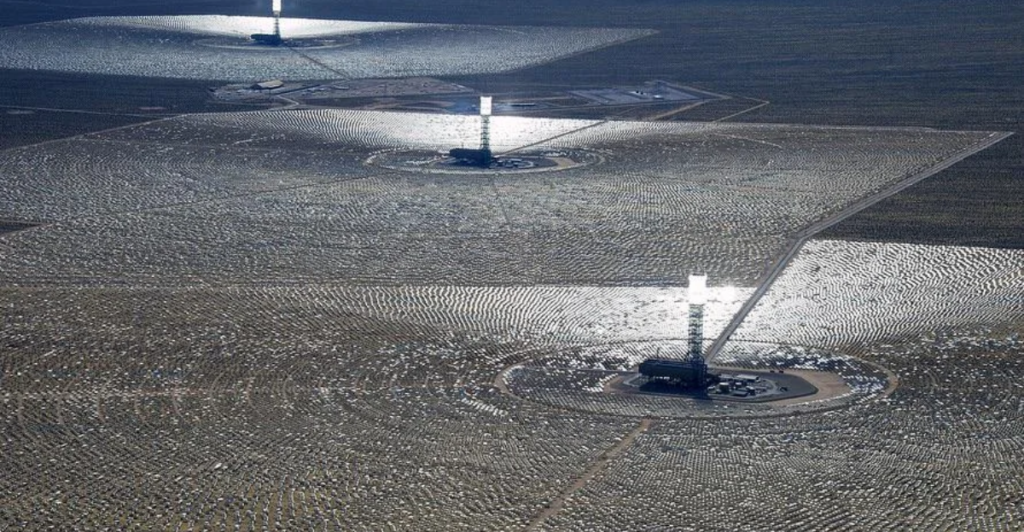
Policy decisions have significantly shaped the renewable energy landscape in California. Recent regulatory changes have reduced incentives for certain types of renewable energy projects, influencing the financial viability of facilities like Ivanpah. These policy shifts reflect an evolving approach to energy subsidies and support mechanisms, aiming to balance promoting renewable energy with economic considerations.
Transition to Photovoltaic Systems
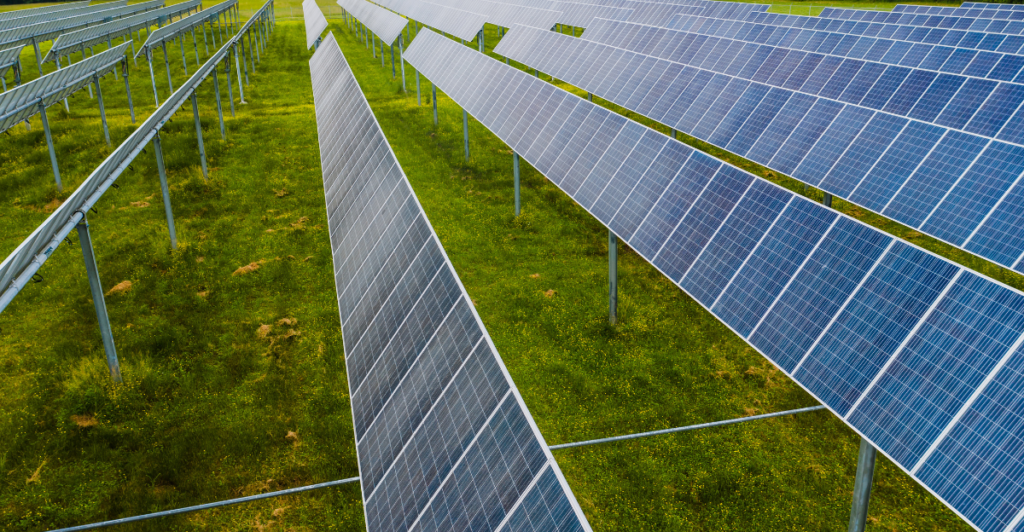
The decline of solar-thermal technology is paralleled by the rise of photovoltaic systems, which have become the preferred method for solar energy generation. PV systems are less complex, easier to install, and have benefited from significant cost reductions over the past decade. This transition underscores the dynamic nature of technological innovation in the renewable energy sector.
Future of the Ivanpah Site
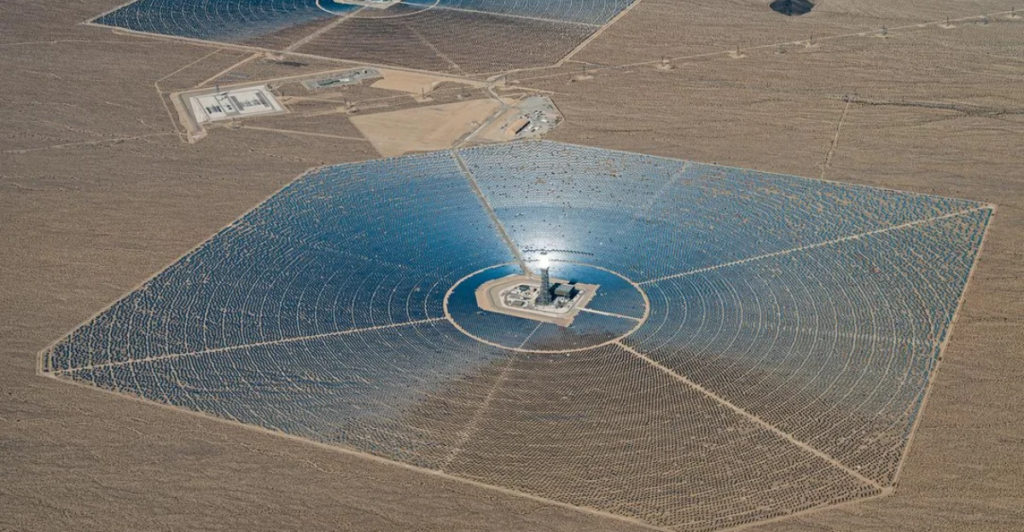
With the planned decommissioning of Ivanpah, discussions have emerged regarding the site’s future use. One possibility is repurposing the area for photovoltaic solar installations, which would align with current technological trends and continue contributing to California’s renewable energy goals. This potential transformation reflects adaptive strategies in energy infrastructure management.
Broader Implications for Solar-Thermal Projects
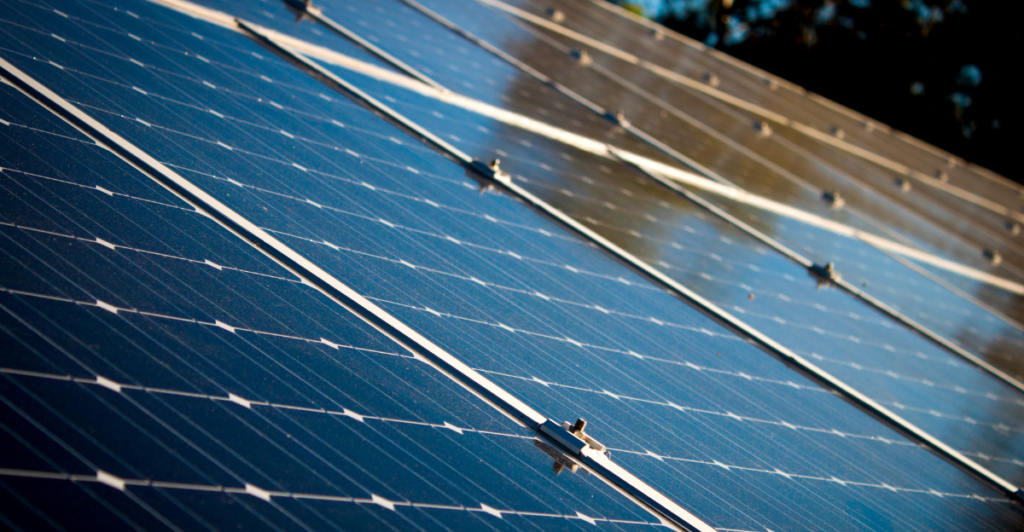
Ivanpah’s early closure may have broader implications for similar solar-thermal projects worldwide. It highlights the importance of flexibility and adaptability in energy project planning, considering the rapid pace of technological advancement. Future projects may prioritize modular and upgradable designs to remain competitive in an evolving energy market.
Lessons Learned from Ivanpah
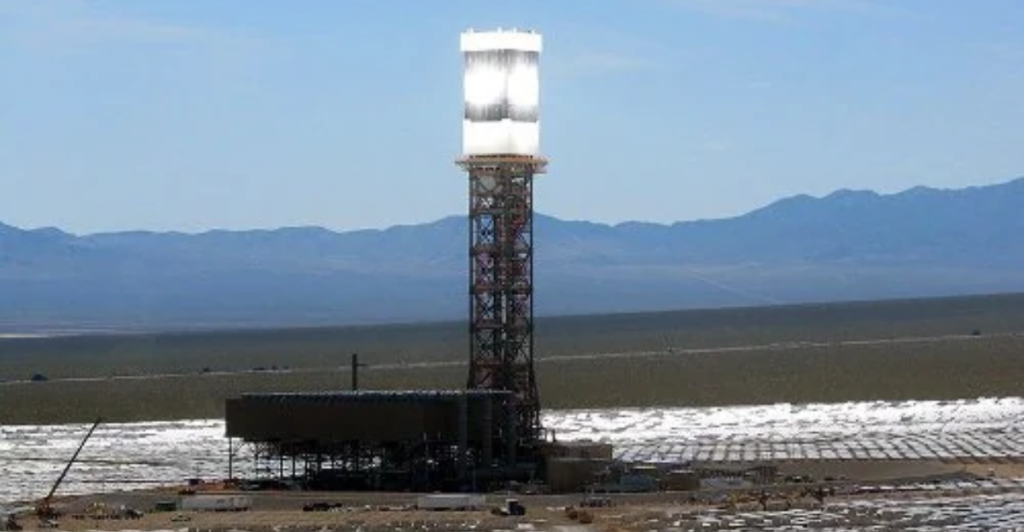
The Ivanpah experience offers valuable lessons in deploying large-scale renewable energy projects. It emphasizes the need to continuously assess technological viability, environmental impact, and economic sustainability. Stakeholders can apply these insights to future projects to enhance the success and longevity of renewable energy initiatives.
The Importance of Diversified Energy Portfolios

The challenges faced by Ivanpah underscore the importance of maintaining a diversified energy portfolio. Relying on a mix of renewable energy sources can mitigate risks associated with technological obsolescence and market fluctuations. Diversification ensures a more resilient and adaptable energy infrastructure that meets evolving demands.
Community and Workforce Impact

The closure of Ivanpah will directly affect the local community and workforce. Efforts are underway to address these impacts, including potential retraining programs and opportunities in emerging renewable energy sectors. Supporting affected workers and communities is essential in facilitating a just transition within the energy industry.
The Path Forward for Renewable Energy
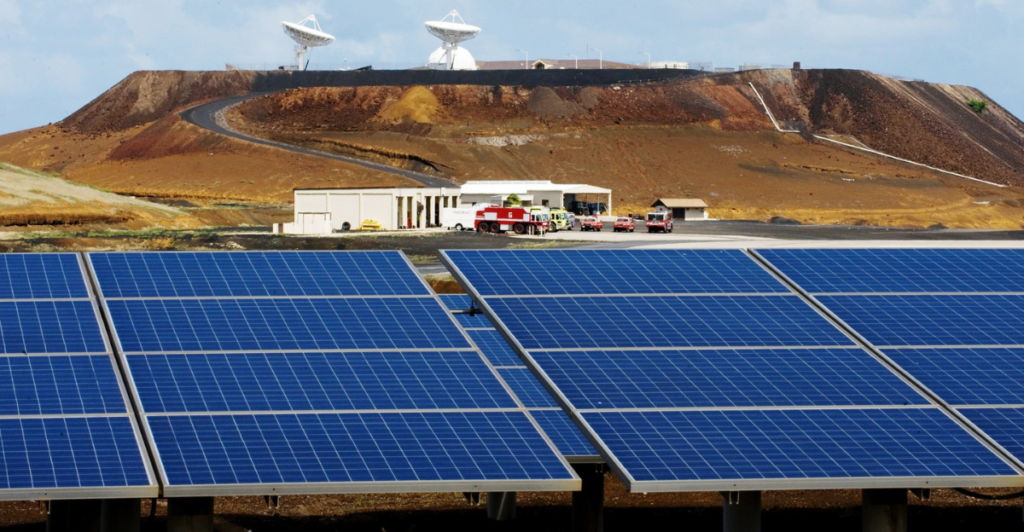
As the renewable energy landscape continues to evolve, flexibility and innovation remain key drivers of success. The Ivanpah case illustrates the necessity for ongoing evaluation and adaptation in energy projects. Embracing emerging technologies and sustainable practices will be crucial in achieving long-term energy goals and addressing environmental challenges.
Explore more of our trending stories and hit Follow to keep them coming to your feed!

Don’t miss out on more stories like this! Hit the Follow button at the top of this article to stay updated with the latest news. Share your thoughts in the comments—we’d love to hear from you!







